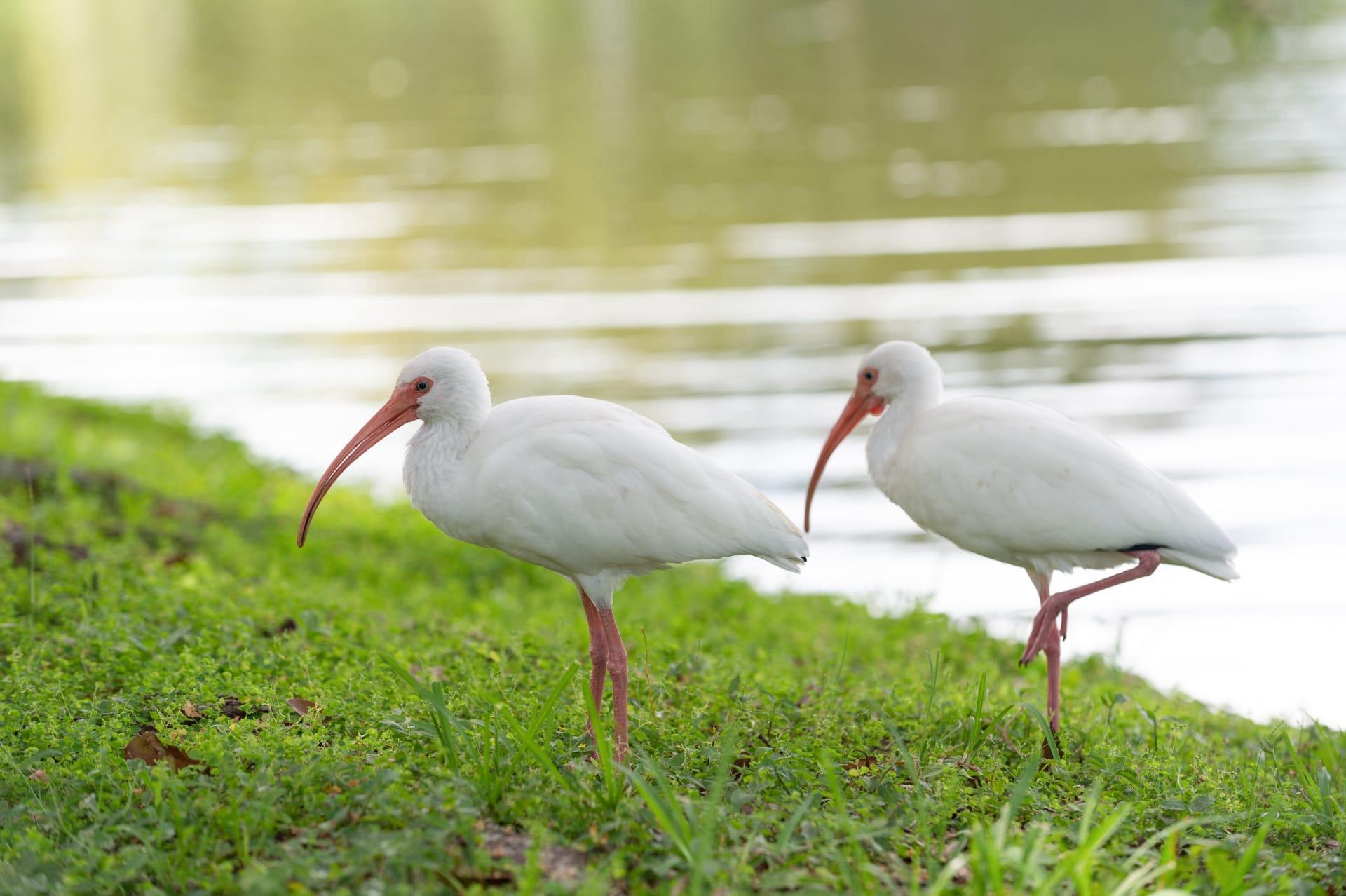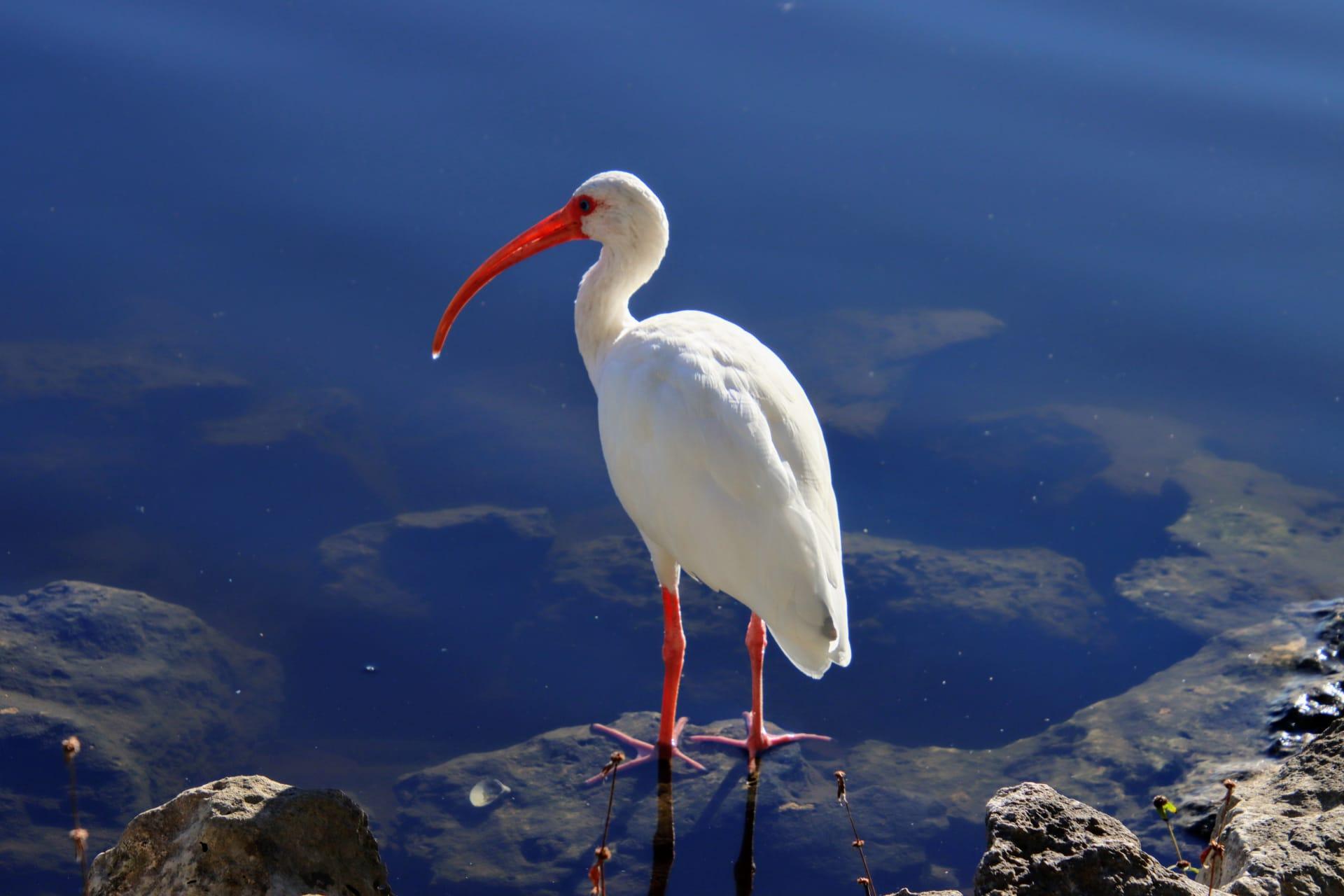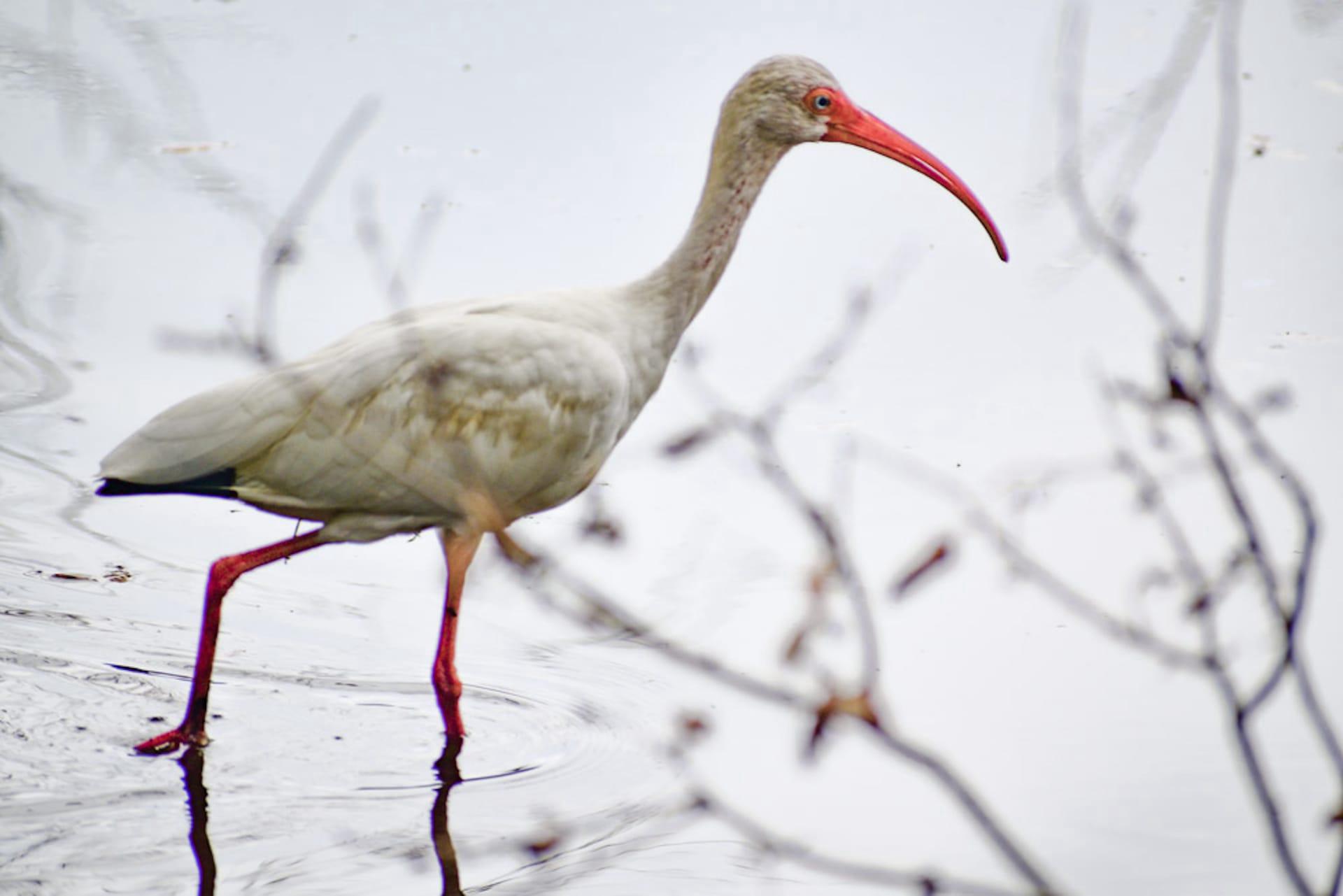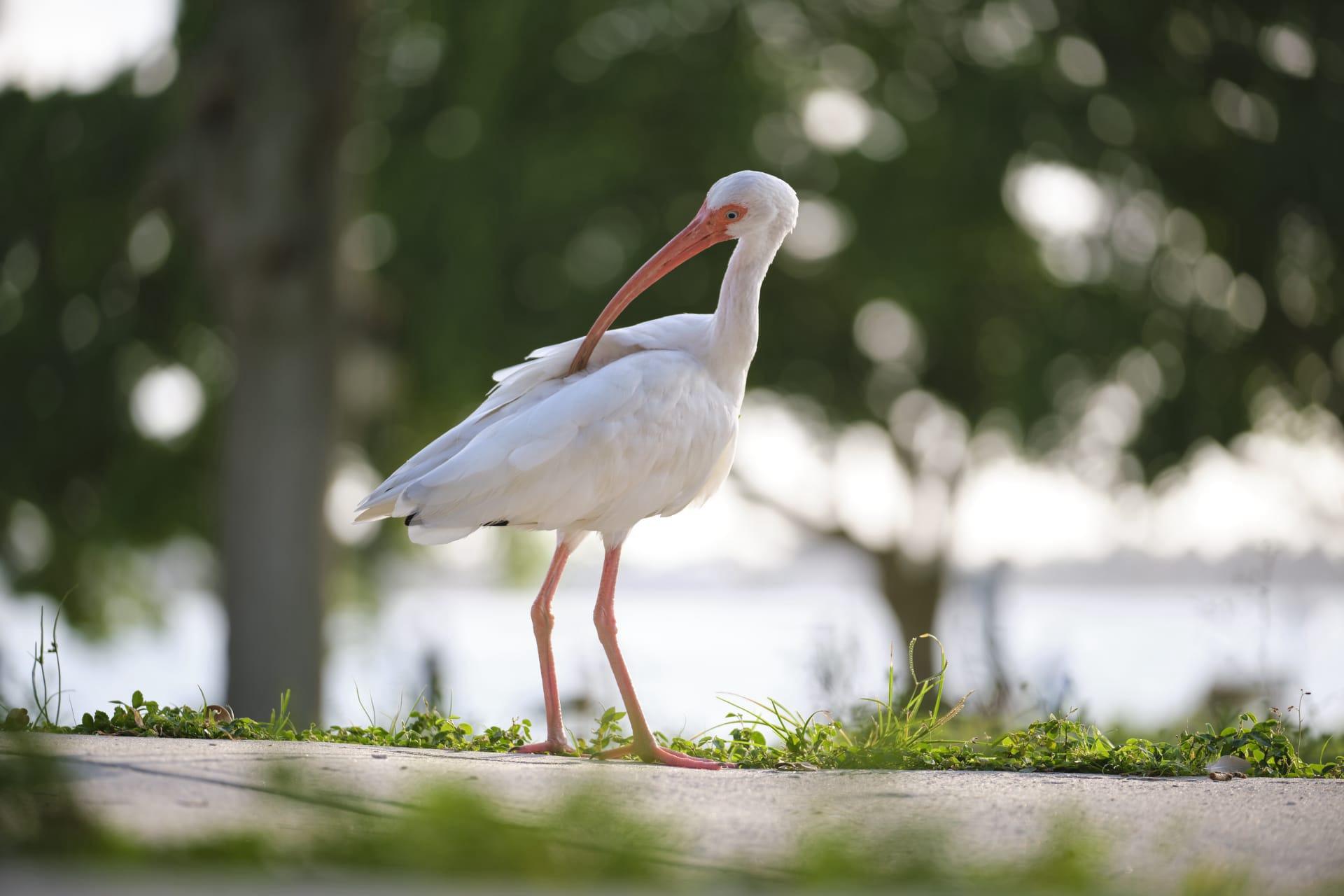1
Ibises, known for their long, curved beaks, are incredible architects. Their nests, often built in trees or shrubs, are meticulously crafted using twigs and leaves. What's remarkable is their communal approach to nesting. In some species, like the Scarlet Ibis, colonies can consist of thousands of birds, creating a bustling metropolis in the treetops. The sheer number and density of these nests in a single area are a testament to their social and cooperative nesting behavior.
Another fascinating aspect of ibises is their diet, which is as varied as their habitat. These birds are omnivores, feasting on a range of foods from small aquatic animals like fish and frogs to insects and even small reptiles. Their long, slender beaks play a crucial role in foraging, allowing them to probe into mud and shallow water. This beak design is a perfect example of evolutionary adaptation, enabling them to access food sources that other birds can't.

2
The Scarlet Ibis, with its striking red plumage, is not born red. They start life with grey feathers, which gradually turn pink and then a vibrant red as they age. This color transformation is due to their diet rich in carotenoids, found in crustaceans and other aquatic creatures they consume. It's a vivid example of how diet can directly influence the physical appearance of an animal.
Ibises have a unique place in ancient Egyptian culture. Highly revered, they were associated with Thoth, the god of wisdom and writing. The Egyptians were so enamored with these birds that they often mummified ibises as offerings to Thoth. Archeologists have discovered millions of mummified ibises in burial sites, highlighting their significant cultural and religious value in ancient Egypt.

3
The flight pattern of ibises is a thing of beauty and efficiency. These birds fly in a V-formation, a strategy that conserves energy and allows easy communication among the flock. Each bird flies slightly above the bird in front of them, reducing wind resistance. This formation also helps with orientation and navigation during long migrations.
A remarkable aspect of ibis behavior is their tool use. The Australian White Ibis is known to use bread crumbs as bait to catch fish – a rare instance of tool use among birds. They drop the bread crumbs in the water, attracting fish, and then swiftly catch them. This ingenious strategy highlights their adaptability and intelligence.

4
Despite their widespread presence across the globe, many ibis species face threats from habitat loss and pollution. The Giant Ibis, the world's largest ibis species, is critically endangered, primarily due to habitat destruction and hunting. Conservation efforts are crucial to protect these unique birds and their habitats.
Ibises have an unusual way of thermoregulation – panting and soaring. When temperatures rise, they open their beaks and pant, much like dogs, to cool down. They are also often seen soaring high in the sky on warm days. This behavior not only aids in cooling but also conserves energy and provides an opportunity to spot food sources and predators from a great height.

5
The African Sacred Ibis, once worshipped in ancient Egypt, is now a problematic invasive species in some parts of the world. Introduced to areas like Europe, they've adapted quickly, often outcompeting native species for food and nesting sites. This shift from reverence to invader highlights the complex relationship between humans and wildlife.
One of the lesser-known ibis species, the Black-faced Ibis, found in South America, showcases unique adaptability. Unlike other ibises that prefer wetlands, this species thrives in a variety of habitats, including agricultural fields and urban areas. Their ability to adapt to different environments reflects their resilience and versatility as a species.